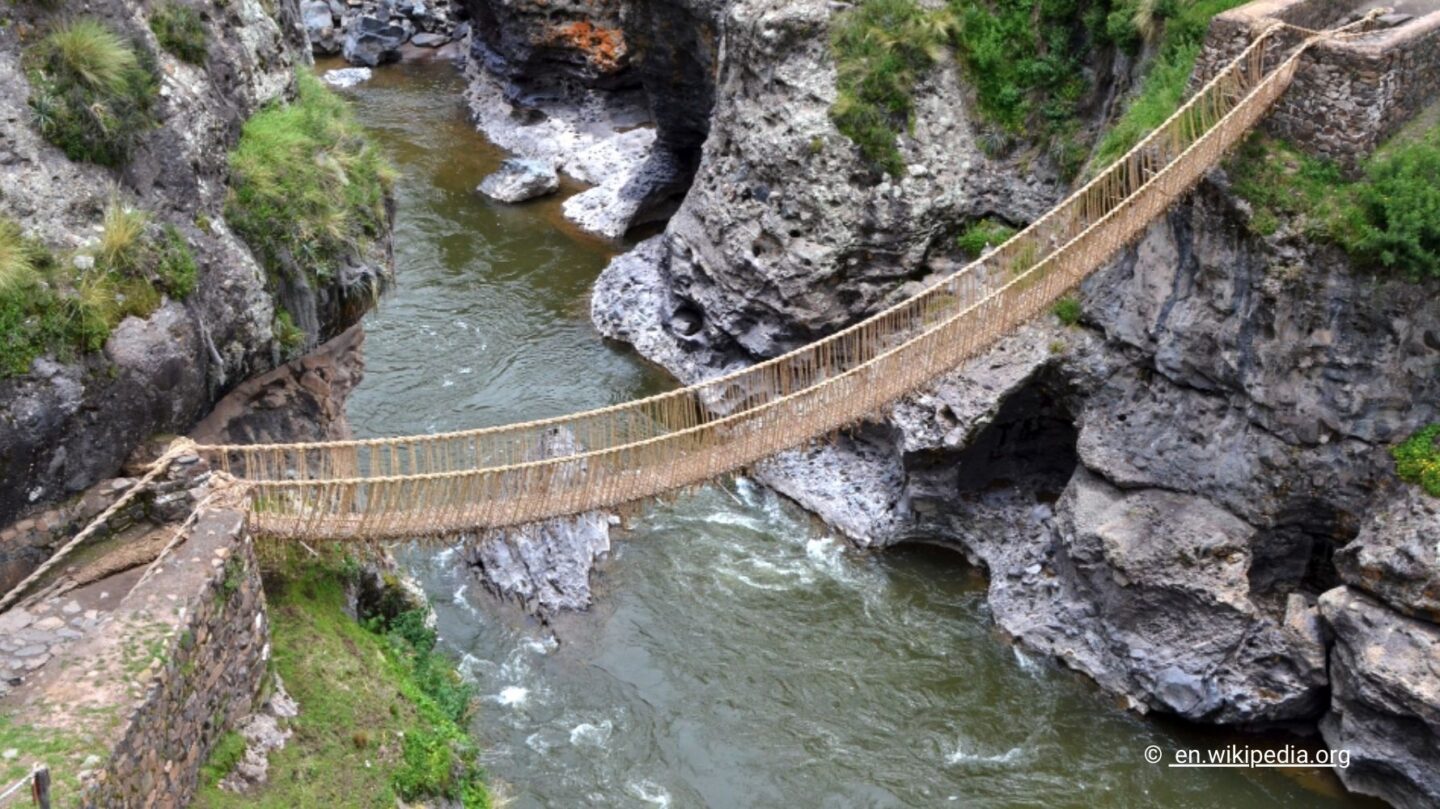A Network of Marvels
The Inca Empire, which flourished in the Andes Mountains of South America from the early 15th to the mid-16th century, is renowned for its architectural and engineering achievements. Among its most remarkable feats was the Qhapaq Ñan, or the Inca Road System, an extensive network of roads and trails that spanned over 40,000 kilometers. This intricate system connected the vast empire, linking cities, villages, and sacred sites across challenging terrains.
The roads were not just a means of transportation; they were a vital lifeline for the empire, enabling efficient communication, military movements, and trade. Today, the Inca Road System stands as a testament to the ingenuity and organization of this ancient civilization.
Design and Construction
The Inca Road System was meticulously designed to traverse some of the most rugged landscapes in the world, including steep mountains, deep valleys, and arid deserts. The roads varied in width, from narrow trails to broader paths that could accommodate large caravans.
Engineers used locally available materials such as stone, gravel, and compacted earth to construct the roads. Retaining walls, drainage systems, and staircases were incorporated to ensure durability and stability. One of the most impressive features was the use of suspension bridges made from woven plant fibers to cross rivers and ravines, demonstrating the Inca’s advanced understanding of engineering.
These roads were built without the use of wheeled vehicles or metal tools, highlighting the extraordinary skill and resourcefulness of the Inca people.
Communication Across the Empire
A key function of the Inca Road System was to facilitate communication across the sprawling empire. The Inca employed chasquis, or relay runners, who carried messages, orders, and goods along the roads. These runners operated from strategically placed waystations called tambos, which provided food, rest, and fresh supplies.
Chasquis were able to cover vast distances quickly, ensuring that messages from the emperor in Cusco could reach the farthest corners of the empire within days. This efficient system allowed the Inca to maintain centralized control over their vast and diverse territories.
Trade and Integration
The roads also served as vital trade routes, enabling the movement of goods such as maize, potatoes, textiles, and precious metals. The Qhapaq Ñan connected regions with diverse climates and resources, facilitating the exchange of goods and fostering economic integration.
In addition to trade, the roads were instrumental in promoting cultural cohesion. By connecting distant communities, the road system helped to integrate the empire’s diverse populations, spreading the Inca language (Quechua) and fostering shared religious practices.
The Sacred Dimension
For the Inca, the road system had a spiritual significance as well. Many roads led to sacred sites, temples, and ceremonial centers such as Machu Picchu. These paths were often aligned with celestial events or natural features, reflecting the Inca’s deep connection to their environment.
The roads were more than infrastructure; they were a manifestation of the Inca’s worldview, where the physical and spiritual worlds were intricately linked.
Legacy and Preservation
Despite the collapse of the Inca Empire following the Spanish conquest in the 16th century, much of the road system remains intact today. UNESCO designated the Qhapaq Ñan as a World Heritage Site in 2014, recognizing its historical and cultural significance.
The Inca Road System continues to inspire admiration for its engineering brilliance and its role in uniting a vast and challenging region. It stands as a reminder of the ingenuity and vision of the Inca civilization, a network that connected not just places but also people and ideas.
A Path Through History
The secrets of the Inca Road System reveal more than technical expertise; they offer insights into a society that valued connection, organization, and harmony with the natural world. As modern explorers and archaeologists study these ancient pathways, they uncover stories of a civilization that thrived against the odds, leaving behind a legacy that still fascinates and inspires.
